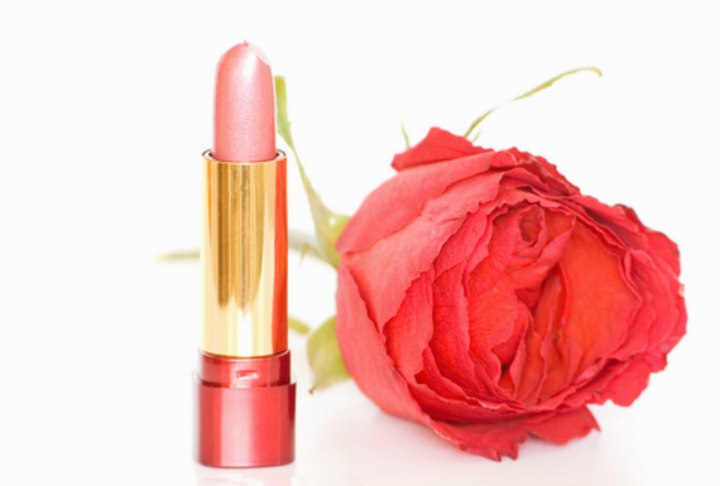The Purpose of Cosmetics

The use of cosmetics is a reflection of this desire and the precise form the cosmetic takes depends on the ideals of beauty among the women of a particular society. Different societies and cultures have always held different ideals of beauty, and throughout the centuries, these ideals have changed according to the changes in society itself.
In the time of Cleopatra, cosmetics were commonly used by persons of social standing and members of the priesthood even more stringently. The eye was a great focus of attention in this culture, as it was considered to be a window of the spirit and persons whom had striking eyes were considered to have great personal power.
Egyptians of this age used preparations of black kohl and green malachite to line the eyes, as well as a host of other cosmetic preparations and medications. Queen Cleopatra was reported to have a vast repertoire of cosmetic recipes which she used, and she employed alchemists and beauticians to enhance her charms which history clearly notes were legendary.
Centuries later, in the time of Marie Antoinette, the ideals of beauty among the French aristocracy were dramatically different from that of the court of Cleopatra. In their class-conscious society, sun-browned and sun-weathered skin was considered unattractive since only those individuals of the lower classes would be exposed to the elements in sufficient quantities to develop tanned skin (peasants and servants working in the gardens and grounds or tending fields and flocks).
Gentlemen and women of breeding and culture did not expose themselves overmuch to the sunshine, preferring to keep their skin pale and milky and smooth. Particularly among women (though some nobly-born men were known to do it as well) powder was used to lighten the skin and create that porcelain finish that was desired.
Today, similar attitudes prevail. At least, the common ideals of beauty have similar origins. Modern women of wealth and means (or at least those wishing to cultivate the appearance of wealth and means) often look for ways to emulate traits that would indicate a life of luxury and privilege. For many, this takes the form of tanning the skin. The focus on tanning came about in the middle part of the twentieth century.
Back before the advent of tanning booths, tanning beds or even UV lamps, the only way to get a suntan was by spending long periods of time lounging in the sun. The process was so time consuming that the only women who had tans were the social elite and Hollywood celebrities who vacationed in tropic ports of call, where they had the time and leisure to devote to exposing their bodies to the sun.
Transitions
This also marks the era where the origins of beauty ideals began to shift from societal influences to celebrity influences. In earlier generations, the community’s standards often created the aesthetic ideals – from Amish modes of dress to the flapper movement of the 20’s.
When mass media – initially film, and later television – gained prominence, everyone began to see these images that were larger than life and appealing. Young men and women in small towns went to the cinema and saw the likes of Cary Grant and Greta Garbo and wanted to have the kind of charm and personal appeal that these screen personas possessed.
Continue reading ...